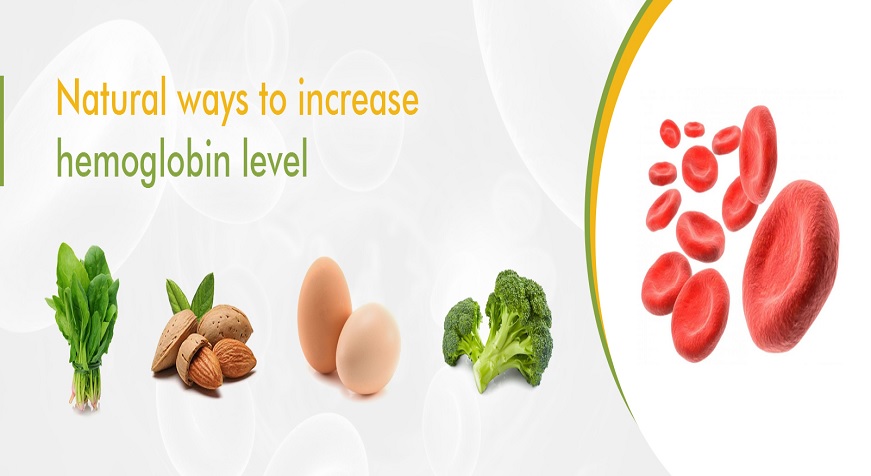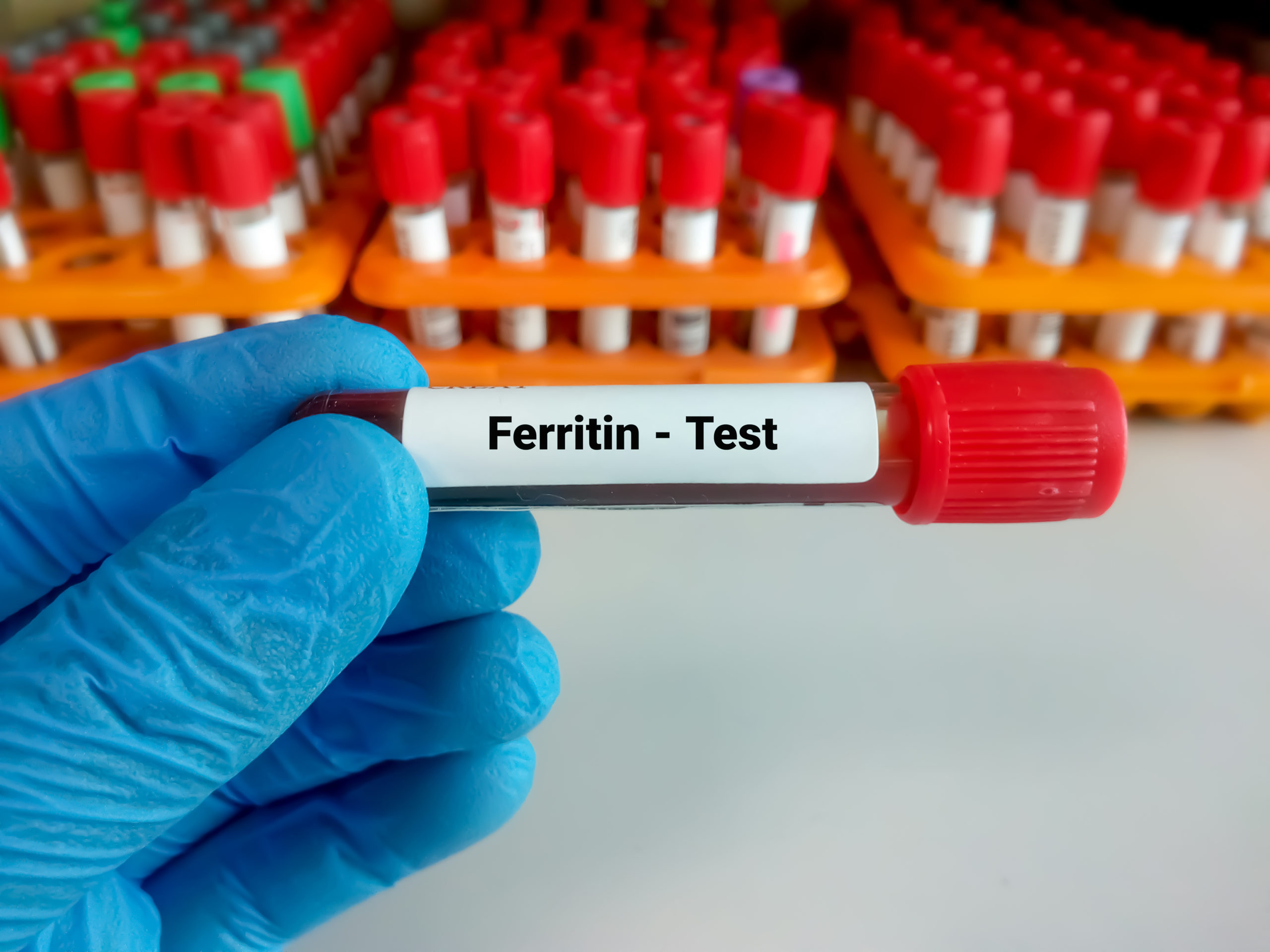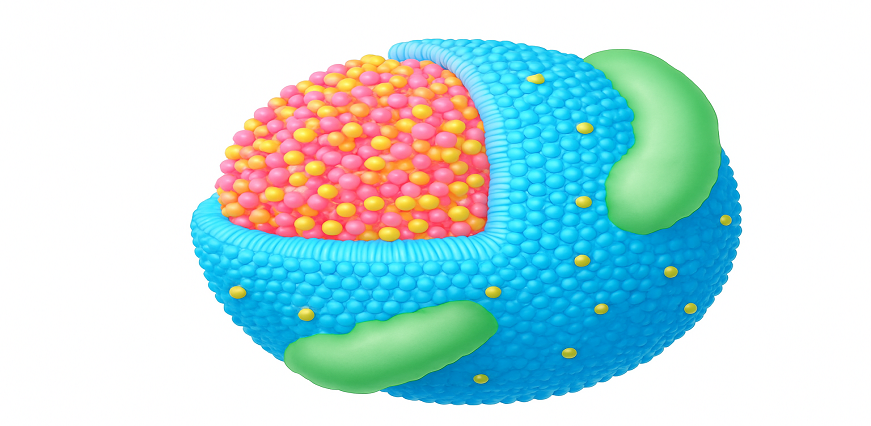Before one may define haemolytic anaemia, it is important to first understand the red blood cells. Red blood cells or erythrocytes are components of blood that are produced in the bone marrow. and contain a protein called haemoglobin, which allows the red blood cells to carry oxygen from the lungs to various parts of the body, where the cells absorb the oxygen to convert it into energy and expel carbon dioxide, which is then carried back to the lungs by the red blood cells. Red blood cells have a lifespan of about 120 days and the old, non-functioning cells are destroyed by the spleen and other parts of the body. This destruction of red blood cells is a process that is known as haemolysis. However, too much haemolysis, where the red blood cells are breaking down or dying faster than they can be replaced in the body. This condition is known as haemolytic anaemia, which can affect anyone at any age.
What Is Haemolytic Anaemia?
Haemolytic anaemia is a blood disorder that causes excessive red blood cell destruction in the blood, so much so that the bone marrow is unable to produce enough red blood cells to replace the ones that are lost. There can be several causes of haemolytic anaemia ranging from a blood transfusion using a blood type that does not match to inherited condition. There are mainly two types of haemolytic anaemia, and both can be caused by different factors, conditions, or diseases.
Inherited Haemolytic Anaemia
This type of condition is mainly caused by the genes that the parents pass on to their children. The two most common causes behind this condition are thalassemia and sickle cell anaemia, which produce red blood cells with shorter lifespans as compared to normal red blood cells. Certain inherited metabolic abnormalities can also lead to haemolytic anaemia, like G6PD deficiency, instability of red blood cell membranes, and hereditary spherocytosis.
Acquired Haemolytic Anaemia
With this type, a person is not born with certain conditions and their body is able to produce normal red blood cells. However, later, these cells are destroyed. The destruction of the red blood cells may happen because of several reasons, including:
- Certain bacterial or viral infections.
- Certain medications, like antimalarial medicines, acetaminophen, sulfa medicines, or penicillin.
- Blood cancer.
- Autoimmune disorders.
- Certain kinds of tumours.
- Hypersplenism.
- Mechanical heart valves that end up damaging red blood cells as they leave the heart.
- Severe blood transfusion reaction.
There are some acquired haemolytic anaemia conditions that are temporary or short-term, as they go away after several months. On the other hand, some acquired haemolytic anaemia conditions can even become chronic, which even if they go away, will come back over time.
Symptoms of Haemolytic Anaemia
The symptoms of haemolytic anaemia that one person experiences may be very different from what another person is experiencing. However, here are some of the most common symptoms that one may look out for:
- Pale skin.
- Fatigue.
- Fever.
- Confusion.
- Lightheadedness.
- Dizziness.
- Extreme weakness and an inability to partake in physical activities.
Some more severe symptoms of haemolytic anaemia include:
- Jaundice, which is characterised by the yellowing of the skin, mouth, and eyes.
- Dark urine.
- Enlarged liver and spleen.
- Tachycardia.
- Heart murmur.
Several of the symptoms of haemolytic anaemia are similar to those of other health issues or blood disorders. That is why, it is important to consult a doctor if one displays any of these symptoms.
Differential Diagnosis of Haemolytic Anaemia
Treatment of haemolytic anaemia revolves around treating the symptoms and curing the underlying cause that led to the development of this condition. However, as the symptoms of haemolytic anaemia are almost the same as several other health issues, doctors must perform a differential diagnosis to determine the condition or disease. The list includes all common as well as uncommon health issues that have the symptoms described by the patient.
Once the list has been made, a doctor will generally prescribe some diagnostic tests for the patient to either confirm or eliminate illnesses on the list. It is important to keep in mind that the list of conditions on the differential diagnosis is not the final diagnosis, but that they are just ‘suspects’ and will help guide the doctor towards the right diagnosis. The first of the tests that may be prescribed, which can help diagnose haemolytic anaemia is the CBC (complete blood count) test, which measures the levels of the various components of the blood, including white and red blood cells, platelets, haemoglobin, haematocrit (the measure of space between red blood cells) levels, etc. to determine if the patient has anaemia. Once the reports have been received, further testing may be prescribed to help diagnose the type of anaemia that one may have. The test includes: -
- Absolute Reticulocyte Count
- Direct and Indirect Coombs Test
- Donath Landsteiner Test
- Cold Agglutinins
- Free Haemoglobin (Serum or Urine Sample)
- Platelet Count
- Protein Electrophoresis (Serum)
- Serum Immunofixation
- Pyruvate Kinase
- Serum Haptoglobin Levels
- Serum LDH
- Carboxyhaemoglobin Lebel
Treatment of Haemolytic Anaemia
The treatment of haemolytic anaemia will vary depending on the cause and the type of anaemia, the severity of the condition, the patient’s age, etc. The treatment options may include:
- Blood Transfusion: A red blood cell transfusion can be performed to quickly increase the red blood cell count and replace the cells that have been destroyed.
- Immunoglobulin (IVIG): In cases where the haemolytic anaemia has been caused by an immune process, the patient may be given immunoglobin by injecting it intravenously. This can help suppress the body’s immune response.
- Corticosteroids: In case the patient has an extrinsic form of autoimmune haemolytic anaemia, they may be prescribed corticosteroids or other types of immunosuppressant medication. These types of medication can help reduce the activities of the immune system, preventing the destruction of red blood cells by the immune system.
- Surgery: In severe cases, the patient’s spleen will need to be removed. As the spleen is where the body destroys red blood cells, removing it can help reduce the speed of destruction of the cells. This option is only prescribed in cases where the patient has immune haemolysis, which does not respond to immunosuppressants.
Haemolytic anaemia is a disorder that can affect different people in different ways. At times, the disorder may just be a symptom that indicates some serious medical issue that may need extensive treatment, while at other times, it may be a reaction to certain medicines or the presence of infections in the body. That is why one must always consult a healthcare professional for a proper diagnosis and treatment plan.













 7982100200
7982100200






















 To reach our help desk call 9213188888
To reach our help desk call 9213188888.png)
Comments